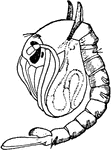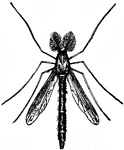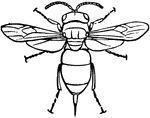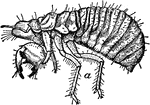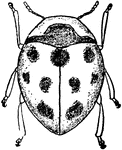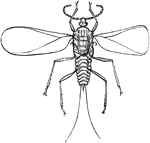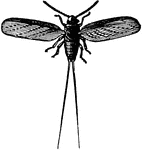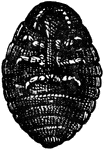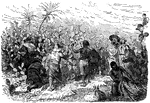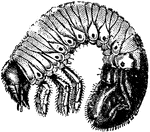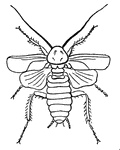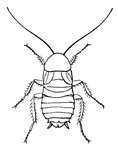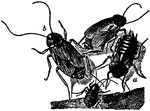This gallery includes 949 illustrations of other orders of insects.

Chrysops Caecutiens
"Chrysops Caecutiens torment horses and cattle very much by biting them around the eyes."

Cicada
"In America the cicadas have the general name of Harvest-flies; they are also often improperly…

Cicada
The popular and generic name of certain insects belonging to the order Hemiptera, suborder Homopotera,…
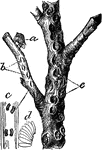
Cicada
a, Ceresa bubalus, ovipositing in slits; b, the eggs; d, arranged as at c, old, scarred punctures shown…
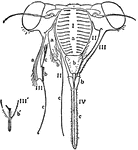
Head of Cicada
A cicada is an insect of the order Hemiptera, suborder Auchenorrhyncha, in the superfamily Cicadoidea,…
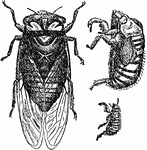
Cicada Pruinosa
This species can be heard in summer and autumn at most any time making its peculiar trilling noise in…

Cicada Septendecim
Also known as the Seventeen-Year Locust, derives its specific name from the fact that it makes its appearance…

Female Cicada Laying her Eggs
"Female Cicada Laying her Eggs in the Groove She has Bored in the Branch of a Tree. While the female…
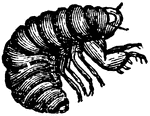
Larva of the Cicada
"From the eggs deposited come small, white grubs, which leave their nest in the wood to bury themselves…

Male Cicada
"It produces a deafening and monotonous song. The Greeks, however, seem to have had quite a peculiar…

Musical Apparatus of the Male Cicada
"This is a membrane in the shape of a kettledrum, not smooth, but, on the contrary, crumpled and full…

Pupa of the Cicada
"At the end of spring they have developed into pupae. The come out of the earth, and hook themselves…

Cochineal
An illustration of Cochineal living on cactus. Cochineal is the name of both crimson or carmine dye…
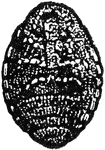
Cochineal (Female)
An illustration of a female Cochineal. Cochineal is the name of both crimson or carmine dye and the…
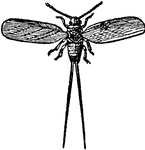
Cochineal (Male)
An illustration of a male Cochineal. Cochineal is the name of both crimson or carmine dye and the cochineal…
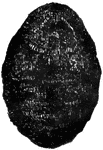
Female Cochineal Insect
"Cochineal is a dye-stuff employed in dyeing scarlet and crimson; consists of the bodies of the femals…
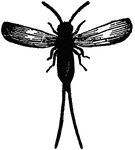
Male Cochineal Insect
"Cochineal is a dye-stuff employed in dyeing scarlet and crimson; consists of the bodies of the femals…
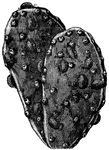
Cochineal Insects on the Branches of the Cactus
"The larvae are changed into perfect insects, which take up their abode permanently on the branches…
Cochineal Insects, Female (Coccus Cacti)
"It is this little insect which furnishes, when its body has been dried and reduced to powder, a coloring…

Cochineal Insects, Male (Coccus Cacti)
"It is this little insect which furnishes, when its body has been dried and reduced to powder, a coloring…

Cockchafer
An illustration of a cockchafer. The cockchafer (colloquially called may bug, billy witch, or spang…
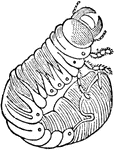
Cockchafer Larva
An illustration of a full grown cockchafer larva. The cockchafer (colloquially called may bug, billy…

Cockchafer Pupa
An illustration of a cockchafer pupa. The cockchafer (colloquially called may bug, billy witch, or spang…
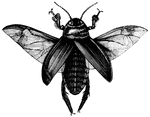
Cockroach
We are not, as a rule, very fond of cockroaches, and do all we can to get rid of them,(Wood, 1896).
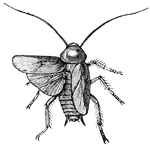
Cockroach
We are not, as a rule, very fond of cockroaches, and do all we can to get rid of them,(Wood, 1896).

Cockroach
We are not, as a rule, very fond of cockroaches, and do all we can to get rid of them,(Wood, 1896).
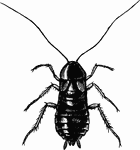
Cockroach
A common cockroach. Nocturnal in habit and are very troublsome in houses where they multiply and feed…
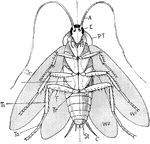
Cockroach
"Ventral aspect of male cockroach with the wings extended. An imaginary median line has been inserted.…

Cockroach
"Periplaneta. View of the arrangement of the principal trunks of the tracheal system." -Parker, 1900
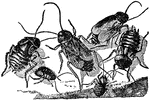
Cockroach
An illustration of a male (right) and female (left) cockroach. Cockroaches (or simply "roaches") are…

Cockroach
Cockroaches or roaches are insects of the order Blattaria. This name derives from the Latin word for…
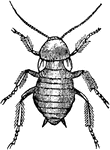
Female Cockroach
"A genus of Orthopterous insects, having an oval or orbicular flattened body, the head hidden beneath…



